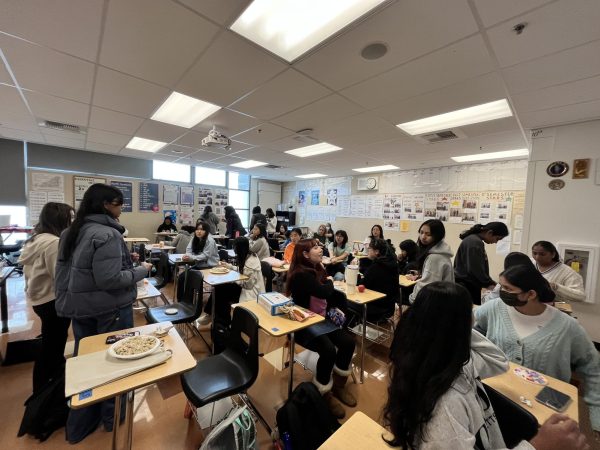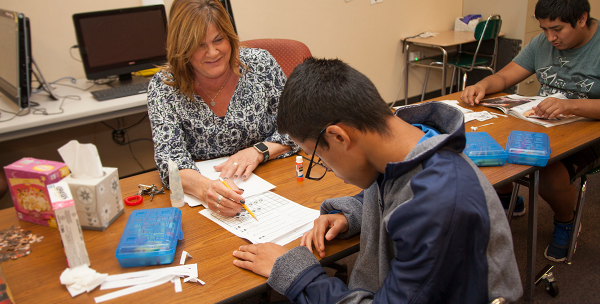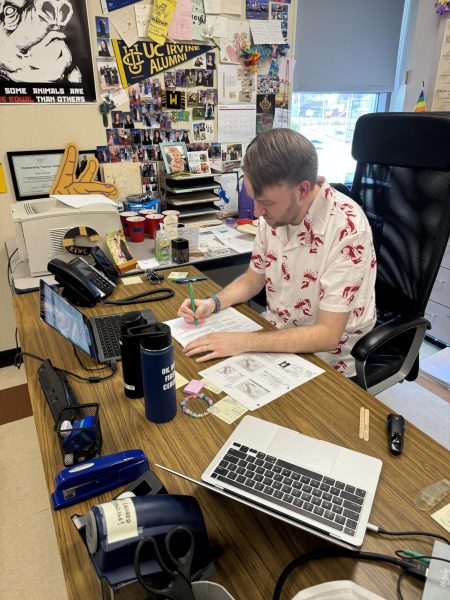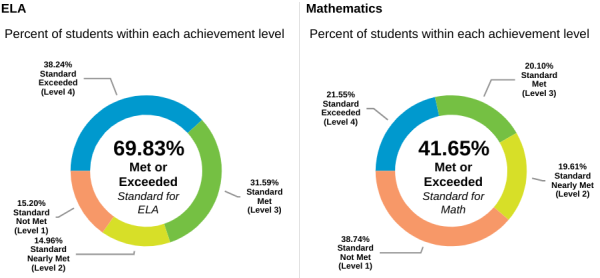Surprising Sexism in the Silicon Valley
According to a male Google employee last year, women are not suited for tech jobs for “biological” reasons. They are prone to neuroticism, he explained, according to Mercury News. Apart from this statement being factually inaccurate and causing uproar from many tech employees, it is one of the many hurdles that women face every day in the tech industry in our own Silicon Valley.
Twenty-eight percent of jobs in software are held by women, and due to workplace problems and a long history of the industry’s discrimination against women, according to The Guardian. On March 10, Ro Khanna, Santa Clara district’s congressman, hosted a town hall meeting to discuss gender related issues in the tech industry so he could share the community’s concerns with his colleagues in Washington. About 100 people attended this four hour long meeting and many women talked about the problems they have faced. According to Mercury News, Judy Howell, a sixty-five year old software engineer spent thirty-five years working as an engineer at Lockheed Martin where sexual harassment and sexism had been rampant. These problems evidently still exist, as a survey conducted by CNN Money found that three in five women in Silicon Valley experience unwanted sexual advances at work, and out of those, three out of five times of which had been from a superior. There are many problems in our tech industry concerning harassment, but also blatant sexism.
“I’ve had venture capitalists six weeks ago tell me women don’t build products or companies-we build feature,” Said Laura Gomez, a software engineer, to a Mercury News reporter at the meeting, “There’s not only a harassment component to it, there’s always macroaggressions and blatant sexism as we pitch to these all-male panels and partners.” Google was investigated by the Labor department and was found to have a “systemic” problem of underpaying women, according to CNN Money. Many women in tech keep their problems hidden but now are speaking out against their sexist co-worker via social media, especially in light of the #MeToo movement. Evidently, women face many problems in our tech industry here in the Bay Area, and these problems have emerged from a long history of women in tech.
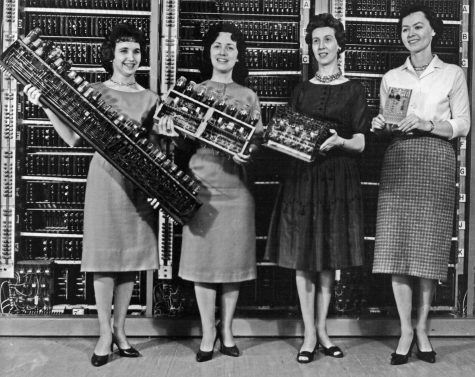
Courtesy of Historic Computer Images.
According to The Guardian, women were the largest trained technical workforce of the computing industry during World War 2 and through the 1960’s. Women used to develop code to work out military logistics. During this time, programming was seen as unskilled work because women dominated the field. However, programming was a very high skilled job, and in the 1970’s, industries and the government saw the importance of computers, and started to push women out of the field and bring more men in. Businesses started to incorporate computers in management, and companies were not willing to give women jobs with ladders to climb. The highly female dominated field of computer science was shifted to a completely male dominated field, because of the notion that women could not do hard tech work, even though they had been doing it for decades before men had, according to Marie Hicks, the author of Programmed Inequality.
Currently, female enrollment in AP computer science is 14%, which is the most gender-skewed AP class in the entire country, according to The Muse. Boys are more encouraged to play with “robots” and technology when they are young, while the norm is for girls to play with dolls and stay away from tech. Angie Schiavoni, a teacher of computer science for underprivileged girls, has observed something odd about the way middle school girls react in computer science class. “I’ve seen girls feel like they have to be super good at something to pursue it.” Schiavoni told The Muse. For cultural reasons, young girls feel highly discouraged if they are not good at programming right away, even though like all subjects, it takes time to learn and master.
So, how to we even begin to fix the immense gender-related problems that our area’s main industry faces? Firstly, we have to reach girls at an early age with technology. When girls have equal exposure to programming as boys, they are more likely to succeed, according to the Guardian. We also have to start early. According to The Muse, College Board Statistics show that reaching girls in High School can be too late to get them immersed in STEM. We need more encouragement for young girls who feel like they cannot program well. Most of all, we need to create an environment where it is socially acceptable for girls to be interested in STEM. High School can be stressful for all, but if we can work together to create a supportive environment for all people, we are much more likely to be successful in the future.



